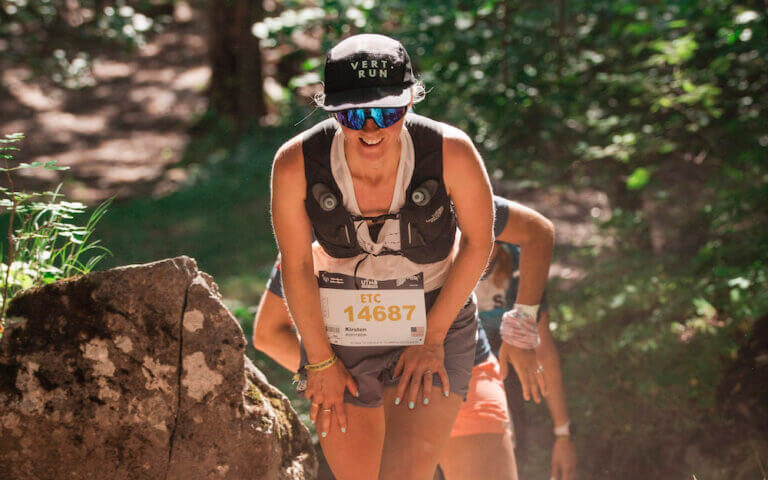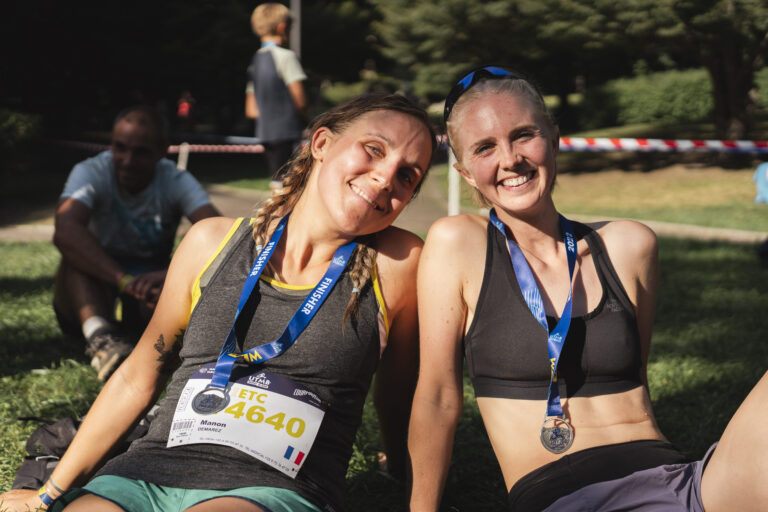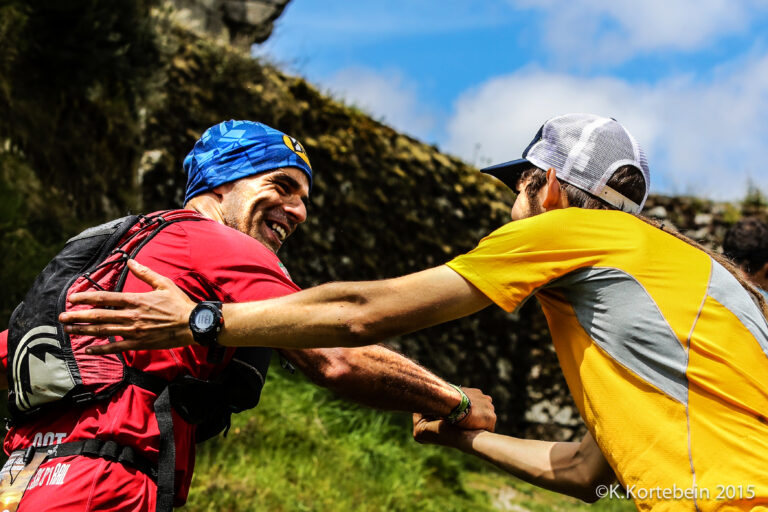Virtual Races: A Perfect Fit for the Pregnant Runner
Since March 2020, most of the races have been canceled, and we all had to find new ways to challenge ourselves. While summer passed with various kinds of virtual challenges, autumn started with a new kind of virtual race where the local running community found its strength. These races are not only tailor-made for ‘COVID times’ but also suitable for pregnant runner.
A New Racing Experience while Pregnancy
Differs from international virtual races where participates only need the complete the distance and elevation regardless where they live, this new way of racing usually gives you a one-month window to complete an exact route and upload the results on a given platform. In these races, routes are often planned and often organizers surprise us with off-trail fun routes. On public holidays or the first weekend of the month, organizing staff might even place guiding photographers along the trail and race directors might wait for the participants at the finishing line. If you wish to compete with your old-self and achieve a better time, you might re-do the race as many times as you wish during the given period of time and upload the best result.
Embracing Flexibility as a Pregnant Runner
This form of races has been in my favor since September when I was already aware of my pregnancy. I did not have the pressure to follow the crowd at the starting line who kicks off quickly. Since I did not have to wake up early and show up at a given time, I was able to start running later or just do it on another day if I had a bad day. Longer virtual races such as HK100flex even allows participants to complete the distance in stages and it was just perfect for me.
As a pregnant runner, I ensure that I play safely, have enough fuel, and have good company. I had all I needed. I must admit that I had a few great months.
While still in the first trimester, I returned to “Round the Lion” and challenged myself to obtain a better time than my first attempt. I did not challenge myself to run longer distances in my first pregnancy; however, this time, with more experience and the close supervision of my OB and coach, I have pushed my boundary from 42km (the maximum record in my last pregnancy) to finishing HK50, then the Lantau70.
Learning Limits as a Pregnant Runner
You might think that I am some kind of superwoman, but actually, I am not. I have learned that despite my ambition, there is a limitation to my body. It took me almost one week to fully recover after a long run like HK50 or Lantau 70. I have also learned to accept that sometimes not pushing myself is the right thing to do. This happened when I was in the first stage of HK100flex. I thought I was able to finish the race in two stages, but I experienced cramps in the lower part of my belly, so I stopped after 28km. While the mind is very important in trail running, that day I realized that learning the body’s signs is equally important for a pregnant runner.
Navigating Challenges as a Pregnant Runner
I was scared and worried that day. After returning home, I took a long rest. I was not sure how things might be afterward. The next day, I went back on trails with the idea that “I will stop if I feel bad”, even if it means I have to stop right at the beginning. Yet, slowly and carefully, I managed to perform okay. The experience has taught me to accept that it is normal to have bad days and I should not stress on them, instead, I should take them as signs for me to take some good rest.
Since the beginning of the pregnancy I have been searching for articles about pregnant women on trails and I have begun to receive information from various sources. From an online source, I read about a belt that can support the belly just as a bra does to the breasts. The next day, I went to the physiotherapy center and bought one. It makes me feel safer and more comfortable while running, I wish I could have known about the belt earlier. It is not necessary for me in short training, but for virtual races or longer running sessions, I feel much better with it.
Nutrition and Supplements during Pregnancy
About energy consumption, recently, I have started to drink soya milk even during runs as it smooths my stomach. I also try to avoid gels or candies with caffeine. Before starting any longer run, I make sure myself to have a good breakfast (usually with two bananas and some dried fruits) so that I have sufficient energy from the start. Of course, I don’t forget about the growing life inside me, I have bought amino acids, L-carnitine, and protein powder suitable for pregnant and breastfeeding women. In this way, I can guarantee that my body can undergo proper recovery without risking the health of my baby.
Dealing with Doubts as a Pregnant Runner
Many of you might wonder why I need to “create problems to solve”? Why can’t I just stop doing the virtual races or running at all so that I don’t even need extra supplements and products? This reminds me of a scenario I encountered a few months ago. When asking for supplements suitable for pregnant women in an organic shop, a saleslady responded me with doubtful surprise, “why would you need this kind of extra supplements in your pregnancy?”
Fortunately, people are not always so hostile against a pregnant runner. A more open-minded healthy products shop owner shared his view with me that instead of doubting the customers, he believes, the shop owners of healthy products should always offer possible alternatives for them. Indeed, there are products suitable and available for my situation.
Advocating for the Pregnant Runner Community
So far on my journey as a pregnant runner, I cannot lie about the resistance I face in this exploration. I really hope that more people will share the view with the open-minded shop owner I met, who believes in alternatives. While most of cultures believe pregnant women should be kept inactive, it might be time for us to revisit this belief and explore alternatives for pregnant women and deepen the research on this regard based on a large database. Using myself as an example, I have been complying with “master rule” of safety and staying active under close observations by the OB and my coach, there is no reason to retain myself from being a part of the running community when running has so far only made my pregnancy happier and more meaningful.
I hope in the future, more scientific data will prove that pregnant women do have alternatives; until then, let’s be the alternative.











